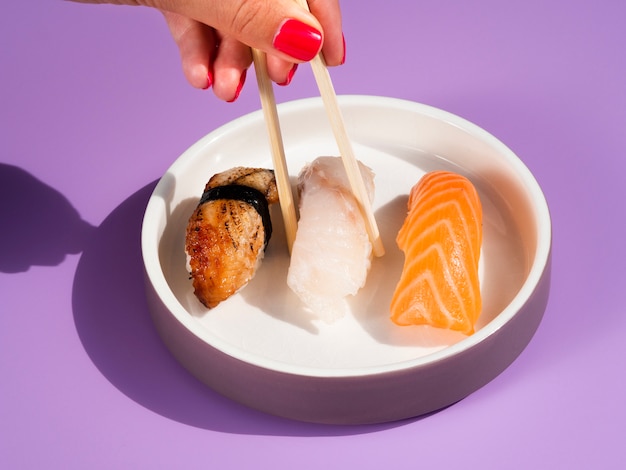
Purplestem beggarticks is a common plant found in wet areas like fields, ditches, swamps, and ponds from New England to Missouri. It’s a summer perennial that can grow up to 4.5 feet tall and sometimes branches out. The stems are usually a mix of purple and green and are smooth. Most leaves grow opposite each other, but the top ones might alternate. They are oblong to lance-shaped, with serrated edges, and range from 2 to 6 inches long. The upper leaf surfaces are smooth and medium green, while the lower surfaces are a lighter green. The petioles are about 2 inches long and narrow. The plant blooms in August with yellow terminal florets, and its fruit is a wedge-shaped achene.
The flower heads are 0.5 to 1.25 inches wide, mostly made up of disk florets without ray flowers. The corolla of the disk flowers is orange to yellow, small, and tubular, with up to five lobes. The disk florets have eight bracts that are yellowish-brown or black and smooth. The flowers bloom from late summer to fall, lasting one to two months.
The flower center is orange-yellow, with tiny disks having four or five lobes. Ray flowers are rare. The inner bracts are similar in size and shape, while the outer leafy bracts are larger and narrow. Leaves are mostly opposite, without lobes, and have serrated edges. Stems can be red or green but are often purple, hence the name. They are usually smooth but may have fine hairs.
The flower heads produce black or brown seeds that are four-angled and slightly flattened, with barbed awns that help them attach to passing objects.
Purplestem beggarticks have been used medicinally. Dr. Brown noted in 1857 that the root and seeds are emmenagogue and expectorant. The seeds, in powder or tincture form, have been used for menstrual issues and uterine problems, while root infusions help with severe coughs. It’s also beneficial for heart palpitations and croup. For croup, a strong infusion of leaves sweetened with honey is recommended. Heated leaves can be used as a poultice for bronchial or laryngeal infections.
The plant is also used for urinary tract issues, benign prostate hypertrophy, and reducing gout risk. In Chinese medicine, it’s used for bug bites, diarrhea, and snakebites. Traditional medicine uses it for appendicitis, debility, and other ailments. The Cherokee use leaf tea to expel worms, and the leaves can be chewed for sore throats. The juice is used as ear drops, and seeds in powder or tincture form treat menstrual issues. Root infusions are good for severe coughs, and heated leaves can be applied to the chest and throat for cold-related infections.









